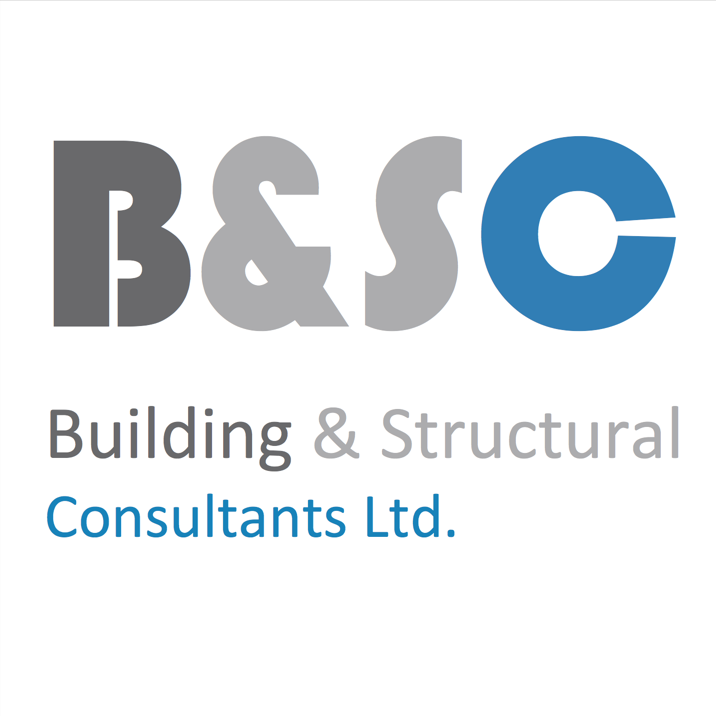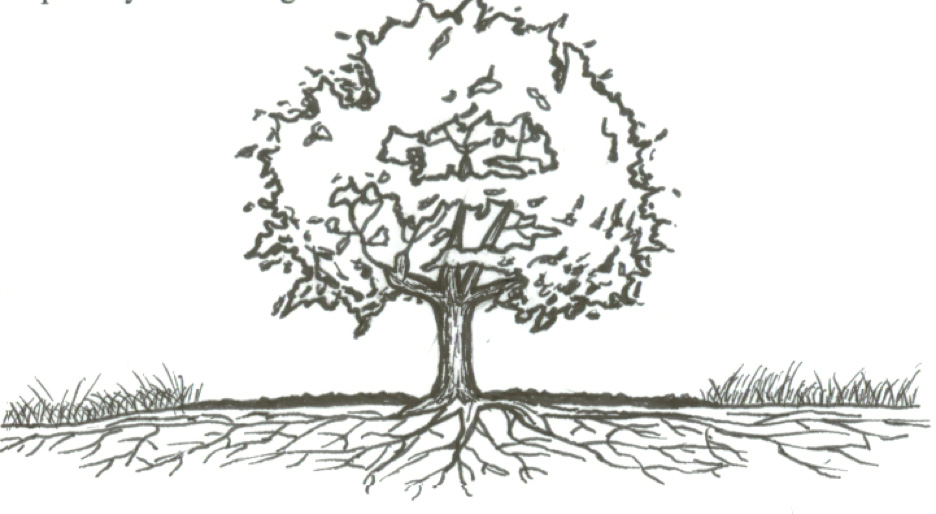Many people are very surprised to learn that trees they thought were too far away to pose a risk are actually proven to have grown beneath their foundations and caused subsidence to their house.
They are similarly proven wrong about bushes and shrubs thought to be too small to be a subsidence threat. Root samples can be botanically identified under a microscope to establish their species, and this is routinely done in subsidence investigations to identify which vegetation is causing the problem beneath the foundations.
This year (2022) has been a record year for summer heat and consequently root-induced clay-shrinkage subsidence causing cracking to buildings. I have seen cases of greater root growth and greater water uptake than ever before which is directly related to global warming. Vegetation which in previous years I would have previously dismissed as too far away or too small to cause a problem has been proven to have done so in many cases I have seen this year. Where will it end? How far / deep can root systems grown in drought conditions? What if our weather gets even hotter? It’s useful to understand a bit of the biology of root systems in order to decide what plants around our houses should be kept / removed / pruned back. In this blog I seek to address that.
Firstly, vegetation only poses a subsidence risk in shrinkable clay soils. If you are on sand or rock, there is no significant risk. In clay soils however (including clays which are mixed with non-shrinkable soils like sand or chalk) roots can extract the water and cause shrinkage. If that happens underneath part of your foundations, then that part of the building will go down whilst the remainder stays still – causing cracking between the two areas of the building. This very often manifests itself at weak points – structural openings (for windows & doors), or natural hinge points (such as where extensions/ projections abut the main house). It is sometimes suggested that subsidence cracks have to be tapered of diagonal or stepped but this is not always true. Subsidence cracking can take unpredictable forms depending on the way the forces are acting and the masonry type / strength. It takes an experienced eye to judge whether the crack pattern (in conjunction with geology, site features and timing) indicates foundation movement or some other cause.
Tree root systems have two distinct parts – there are the structural roots; big roots (including in some species a tap root) which grown down and anchor the tree, and there are the feeder roots; much smaller non-woody roots which grow laterally nearer to the surface and feed the tree with water and nutrients. It is the latter which cause the subsidence problems.
Feeder roots can grow as far as conditions allow and generally only stop when either conditions are not right, or the tree is getting fed enough. A distance away from the trunk of about 1.5 x the height of the tree is a commonly quoted norm but that can be exceeded in extreme conditions. Also, they are generally perennial so die back seasonally, when conditions change, re-growing the following year. The extent of this die-back varies according to species and soil conditions.

Most roots need oxygen, nutrients and space to grow. Some species (such as willow) do better in wetter soils – even in saturated soils. Roots struggle to grow in compacted soils and those near the surface can even be killed by heavy weight – such as vehicles. They like to follow cracks and fissures in the soil which in clay is self-perpetuating as such fissures are formed when clay shrinks (even deep below the surface), encouraging the root to grow deeper or longer. Roots find a good deal of nutrients in most clay-based soils.
In hot weather the roots will therefore continually grow further and/or deeper once they have taken all the moisture they can from immediately around them. Water travels very slowly through clay so once a root has desiccated the soil around it the only thing that keeps it alive is to extend further into damper soil. Feeder roots would normally grow nearer the surface but in prolonged hot weather, that becomes too dry so they go deeper. Some oak trees have been known to root in excess of 4m in clay, but mostly roots stay within the top 3m or so. Clay becomes denser with depth due to overburden pressure (the weight of the soil above) – this is how clay eventually metamorphoses into shale and eventually slate at great depths. There comes a point therefore when the clay is too compact for feeder roots to grow.
If roots hit a wall (such as a foundation) they turn and grow down or along the face of it. Root barriers are becoming increasingly used in dealing with subsidence – particularly a new type which incorporates a copper mesh. This produces a chemical reaction in the soil which is unfavourable to roots so they turn away, but it also allows the passage of moisture through it to help feed the roots where they are.
If a tree can’t get enough from one part of its root system, it will grow more in other parts to compensate. This is why you might find a tree which is equidistant from several houses only affecting one of them. Also, a tree might cause subsidence to a corner of a building one year, but not the next if its feeder roots die back and regrow in a slightly different direction missing that corner. There is a good deal of unpredictability over how roots grow beneath the ground.
It is common practise to plant shrubs and bushes close to walls for aesthetics warmth and shelter from wind. Very often the roots grow beneath the typically shallow foundations of older properties (usually between 0.5-1m, modern foundations in clay being usually 1m+ in depth). Most of the time the water uptake from such smaller vegetation is not enough to cause sufficient clay shrinkage for structural movement to occur, but in drought conditions that changes, and cracking can occur.
So how do you know if a particular tree or bush is a threat or not? More in part 2 coming soon.
Bob Gibson, FFPWS – Subsidence Consultant, Structural Engineer, Building Surveyor
B&SC – director


